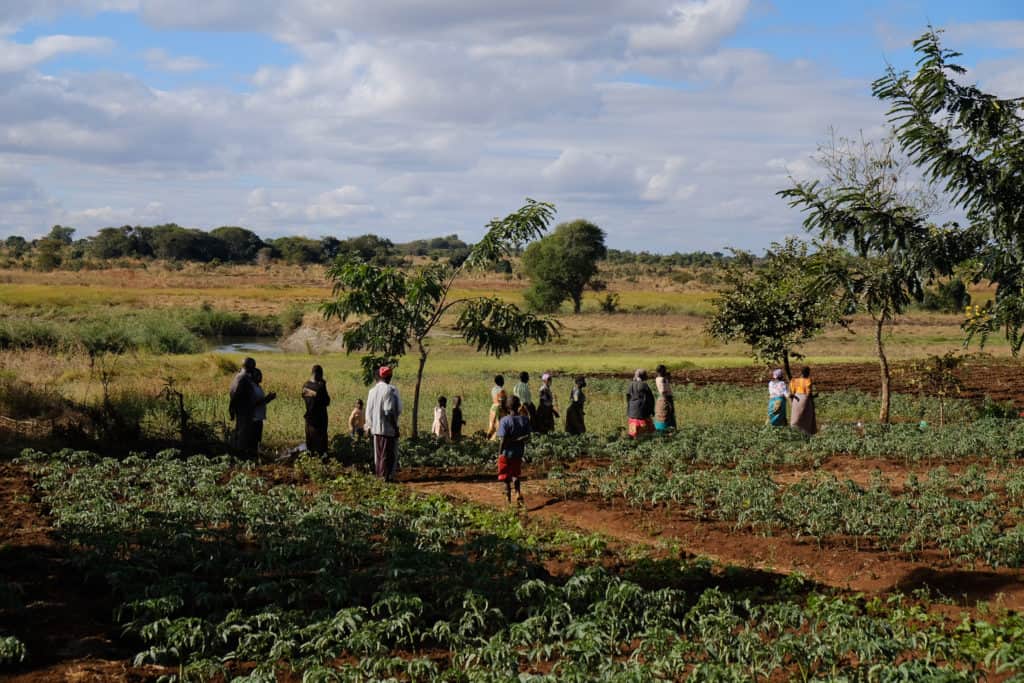Introducing the Orant Farm



Rural Malawians live in relationship with the land. The food they cook is the food they grow. They learn what seeds to sow and where. They plan gardens to nourish their families. However, not everyone owns land. Especially women. Farmers who don’t own land must rent. And the costs add up.
“Land has been a major challenge to me,” says Monica Banda, “I don’t own a field. Every year, I must sublease a piece of land. It’s costly. I’m only able to rent an acre. This can feed my household of 6, but without anything left over.”
Each year, the costs of farming inputs increase. Most farmers grow crops for their livelihood, not for business.
In the 2021/ 2022 farming season, Orant distributed 20 acres of our farmland to Kasese farmers. We split the 20 acres between 10 households. 60% of the land went to women. 40% to men. Each participant doesn’t have their own access to land beyond subsistence farming. Each is eager to develop their farming into an income-generating opportunity.
At the Orant Farm Plot, we prioritize growing cash crops. Legumes such as soya and groundnuts are profitable in the market. Plus, they don’t require fertilizer. And! They are compatible with local weather conditions.
Orant has also given farmers inputs to support their efforts. These inputs include seed, inoculant, and pesticides. Farmers will pay back the inputs at zero interest.
In addition, Orant provides training in:
“Without proper skills, advice, and instructions, the land and farm inputs can’t yield enough,” says Gracious Msimuko, Agriculture Program Manager. “Most farmers are not well versed with new farming techniques. Orant is here to support them in every aspect.”
We are proud to share an update on our Energy and Environment program, which aims to promote sustainable practices in Kaondo and surrounding villages. In this week’s blog article, we share about the progress we have made in introducing firewood-saving stoves, called Nkhuni Pang’ono, Moto! Meaning “Less firewood, A Lot of Fire.”
At Orant, we recognise and value the critical role nutrition plays in human development and national economic development. We recognise that good nutrition is the backbone of a healthy community and its benefits extend beyond human health. Good nutrition is a contributing factor in reducing maternal and child health challenges, minimizing disease prevalence and promoting economic productivity.
Our Healthcare team is dedicated to improving the overall well-being of people. As part of this effort, this week we are conducting a nutritional assessment to all children aged from 6 months to 59 months and pregnant and lactating mothers in our catchment area. In this week’s blog post, we will explore the importance of this initiative and how it will benefit our community.